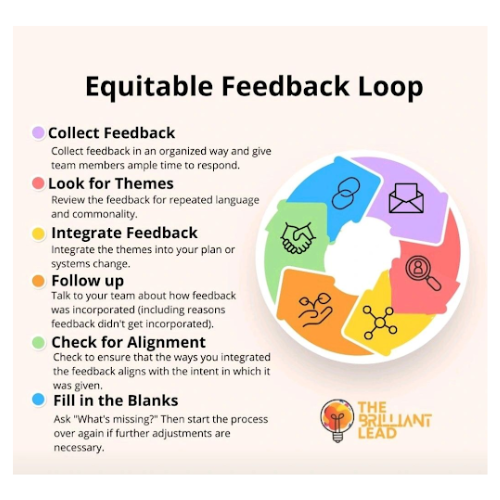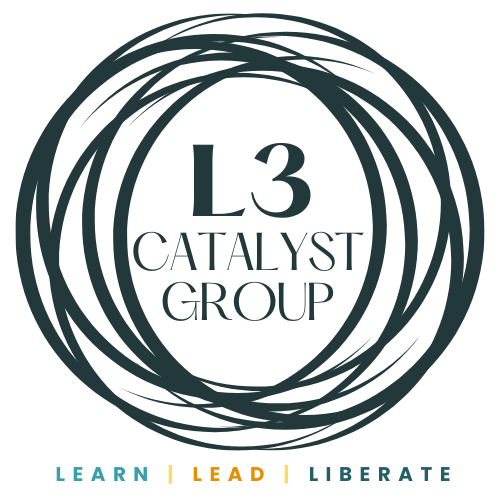Psychological Safety Made Simple
Today, we hear from Sequoia Owen, a brilliant, brave, and badass human who has tackled the concept of Psychological Safety in a whole new way.
At least once a month in 2024 we will hear from humans who help us see learning, leadership, and liberation in new and everyday ways, holding the precious truths, and focusing our eyes to see.

Heartfelt thanks to you, Sequoia, for sharing your wise reflections with us.
Fellow leaders and learners, I wish you courage, rest, and beloved community along the journey.


You know those concepts that look amazing on paper, but when it comes to implementation, you find yourself at a loss?
For many of my clients, psychological safety is one of those concepts. And I understand why. Telling a leader that their job is to cultivate an environment where all team members have a shared belief that they will not be humiliated for speaking up with ideas, questions, concerns, or mistakes can be daunting.
Typically, the responses I get are:
“This sounds impossible. How can I control what others believe?”
“I’ve never humiliated my team; doesn't that mean they should already feel psychologically safe?”
To demystify this, I break down the concept of psychological safety into two main, more digestible components:
Psychological Safety isn’t about mind control; it’s about modeling.
Reflect on your own behavior.
How do you react when you make a mistake? Do you own up to it or brush it under the rug? Do you treat yourself with compassion and share what you learned, or do you internalize criticism? The way we lead ourselves informs the beliefs of those we supervise. If you're hard on yourself, your team members will likely be afraid to admit their own mistakes for fear of judgment.
Psychological Safety is more than just the absence of bad behavior; it's the active presence of positive, affirming behavior.
Consider when you last invited someone who disagreed with you and incorporated their feedback into your decision-making.
I encourage leaders to create an action plan that involves intentionally reviewing team members' workloads to ensure equitably distributed work, regularly initiating forums to facilitate productive disagreement, and creating a reward system that upholds inclusivity and safe learning within the team.
But how do you start creating such an environment? Here are some practical steps:
- Begin meetings by sharing a recent mistake and what you learned from it. This sets the stage for openness and vulnerability.
- Make a conscious effort to recognize and appreciate the unique contributions of every individual, ensuring all voices are heard – especially those less likely to speak up in a group setting.
- Establish an equitable feedback loop so when feedback is shared, there is a clear way to handle it while including team members in the process.
 So, dear leaders, I encourage you to embrace the concept of psychological safety through the lens of incremental progress, not overnight transformation. Start simply, focus on modeling positive behaviors, and gradually integrate these practices into your leadership style. The impact can be profound on morale, productivity, and overall team cohesion. Remember, simple is sustainable. Embrace the power of psychological safety, one step at a time, and watch your team thrive.
So, dear leaders, I encourage you to embrace the concept of psychological safety through the lens of incremental progress, not overnight transformation. Start simply, focus on modeling positive behaviors, and gradually integrate these practices into your leadership style. The impact can be profound on morale, productivity, and overall team cohesion. Remember, simple is sustainable. Embrace the power of psychological safety, one step at a time, and watch your team thrive.


What are Sequoia's favorite resources?
- The Fearless Organization by Amy C. Edmondson
- The Psychological Safety Handbook by Dr. Karolin Helbig and Minette Norman
- Culture by Design (Podcast)

March 20, 2024




Comments